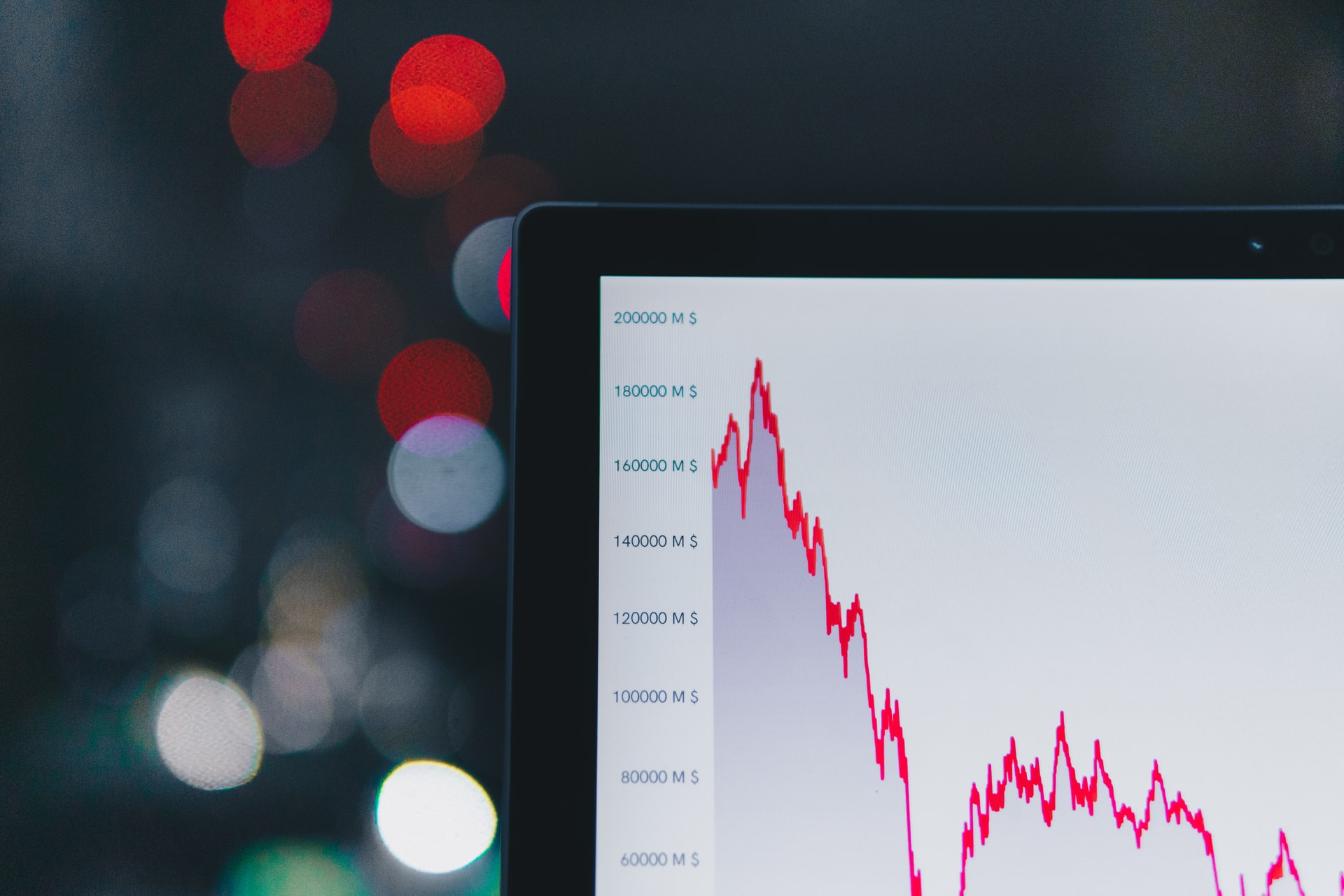Who will guide us out of the bear market

The analysis of Rob Lovelace, vice president and president of Capital Group
Over long periods of time there are two different types of bear markets. Those associated and those not associated with a recession. Only occasionally is a bear market associated with a recession. Recessionary bear markets tend to last about twice as long and fall significantly more than bull markets.
By mapping their pattern, we see that recessionary bear markets are incredibly similar in terms of both duration and shape and closely resemble what is happening in the markets right now.
Global Financial Crisis (GFC): This was the last time we had a down market associated with a recession and as such is being compared to what is happening today. The current scenario is similar to the CFG, even then the excesses of the overall global economy had to be eliminated. In our view, these periods are important and healthy for the economy. This time, we're eliminating excesses, not necessarily in the equity market, but in industries like private equity, which simply used leverage to generate returns, and cryptocurrencies, where excess liquidity was looking for an allocation.
The good news is that this bear market does not carry large systemic risks, compared to the risks associated with mortgage-backed vehicles during the GFC. We believe we will come out of this bear market stronger and better as these excesses are eliminated in the global economy.
FAANG vs. “Nifty 50”: We are also looking closely at the US bear markets of 1969 and 1973/74, which were also associated with a recession. We believe FAANG[1] rhymes with the “Nifty 50[2]”, which was a major group of companies listed on the NYSE in the 1960s and 1970s. After posting solid returns, we have seen a slowdown in a group of very powerful companies that have become too expensive.
What's interesting about the “Nifty 50” is that, looking back, many of these companies were good investments throughout the period and beyond. This reinforces the importance of stock selection.
Looking Ahead: Who Will Lead Us Out of the Bear Market?
One of the main lessons we have learned from the recent bear markets is that the leading sectors at the beginning of a bear phase were almost never the ones that allowed us to exit it. If we look at the FAANGs, who have been particularly strong, will they be the ones to drive us out of business?
We don't necessarily think these stocks will be the worst performing sector-wise, but it's very rare that the best in-entries are the strongest out. So where should we look for the next market-leading group?
We think 2023 will be a challenging year and expect that we will retest the stock market lows made in October 2022 at least in the US market at some point during the year, which generally sends a signal to the rest of the world. While we believe it is still too early to sound all-clear in terms of the outlook for the global economy, we are halfway there. And if we can avoid the GCF's policy blunders, we will weather this bear market relatively well.
While we believe we have a challenging year ahead of us, that doesn't mean that opportunities won't present themselves. We are finding companies around the world that are doing well in this period, for example in the healthcare sector and in some sectors of the technology sector, and our growth prospects for the future are favourable.
What is the engine of market returns?
The answer to this question is: earnings growth.
With annualized earnings growth of 7.2% over the past 10 years, US yields have indeed been well supported. We saw some multiple expansion from 14.6% to 19.4%, but over half of the US market's composite return was driven by underlying earnings.
Europe as a whole has not experienced any multiple growth, nor significant earnings growth. Japan reported outstanding earnings growth of 9.9% which, however, was offset by multiples contraction. We would also like to point out that earnings growth in Japan was largely driven simply by currency swings. However, Japanese earnings had stronger support than Emerging Markets and China, where there was no overall earnings growth. If there were any, Chinese yields were driven by multiples expansion. The Dragon boasted much stronger returns until a year ago when multiples started to rise amid growing regulatory and political concerns.
To sum up, we think the next few months will be challenging for the markets and we could easily test the lows. The main downside risk is policy or policy errors. Corporate earnings are likely to be a more important driver of equity market returns going forward (as multiples are unlikely to rise from current levels) and, therefore, we should pay close attention to company fundamentals and careful stock selection to achieve positive returns.
This is a machine translation from Italian language of a post published on Start Magazine at the URL https://www.startmag.it/economia/chi-ci-guidera-fuori-dal-mercato-ribassista/ on Sat, 04 Mar 2023 06:33:36 +0000.
